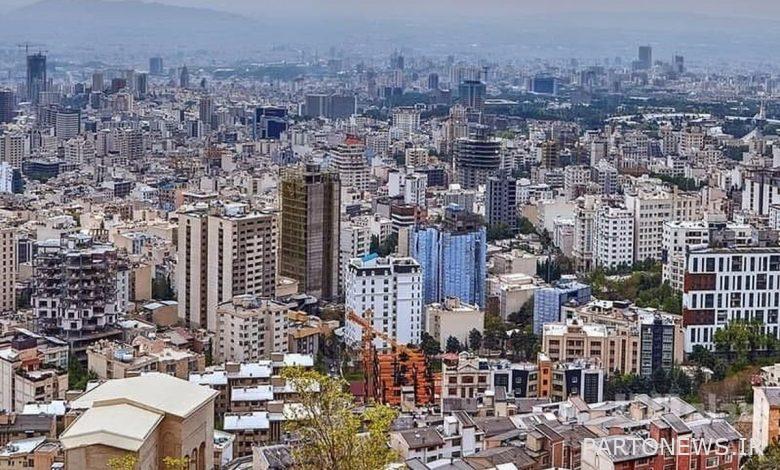What percentage of Tehranis are homeowners?

According to Tejarat News, how many percent of Tehranis Are they landlords?
Quoted from Online news, Mahmoud Olad, a housing expert, in response to the question of what are the consequences of the rampant increase in rent rates for city dwellers and the urban environment; He said: Tehran has nearly 2,500 to 2,600,000 residential units and has a population of about 9 to 10 million people, and in the urban area of Tehran, the population growth rate has been lower than the natural growth rate for two decades. that Tehran does not accept immigrants at all and is a migrant-first.
He went on to say that the net migration that comes to Tehran is from the metropolitan area of Tehran or the urban complex of Tehran, which includes Karaj, Shahryar, Parand and Pardis, and has a population of nearly 15 to 18 million people and is an area that accepts immigrants.
These talks do not mean that no people from other cities enter Tehran, but it means that the immigration balance of the number of people who enter Tehran and the number of people who leave it is negative, and the city of Tehran has been sending immigrants since ten to fifteen years ago. It was and still is the first immigrant.
Olad further added: These people go to metropolitan areas and a bird was formed and Islamshahr spread and the situation in Shahryar is expanding and all these areas have received immigrants.
According to the first vice president of the Union of Real Estate Consultants, an increase of more than 25% in the rent for this year will be illegal, and according to the Minister of Roads and Urban Development, based on the approvals of the Economic Council of the Heads of State, the contracts of tenants and landlords will be automatically renewed, and no tenant of his residential unit will be renewed. does not discharge
This housing expert continued by pointing out that the owner will not be harmed by this price control; He said: This price control is 100% detrimental to the tenant. Suppose you have 2,500,000 residential units, nearly half of which are owned by the owners, and the other half is rented out and tenants live in them. It has not been built in Tehran, and the demand for ownership and for rent has risen sharply, and on the other hand, there is no supply, as a result, housing prices and rents will increase sharply, and now the government says that it will not allow the supply price to rise, and as a result, A number of tenants who reside in Tehran They were disappointed and wanted to move to the suburbs, they have stayed with this new decree and the demand has returned to Tehran, but on the other hand, there has been no increase in the supply and the possibility that the supply will decrease is also high because some of the owners who want They used to rent their property due to this price suppression, and as a result, this gap between supply and demand will increase and the rent will increase.
Olad continued by pointing out that price control is absolutely not the solution to the housing market; He said: This price control will make it much more complicated and difficult for tenants and will make it difficult for them to find a house. When you lower prices, demand queues will form, and price control mechanisms that lower prices below the equilibrium rate will make things worse.

